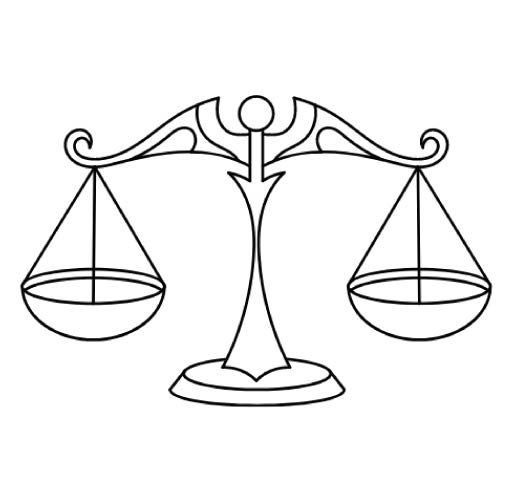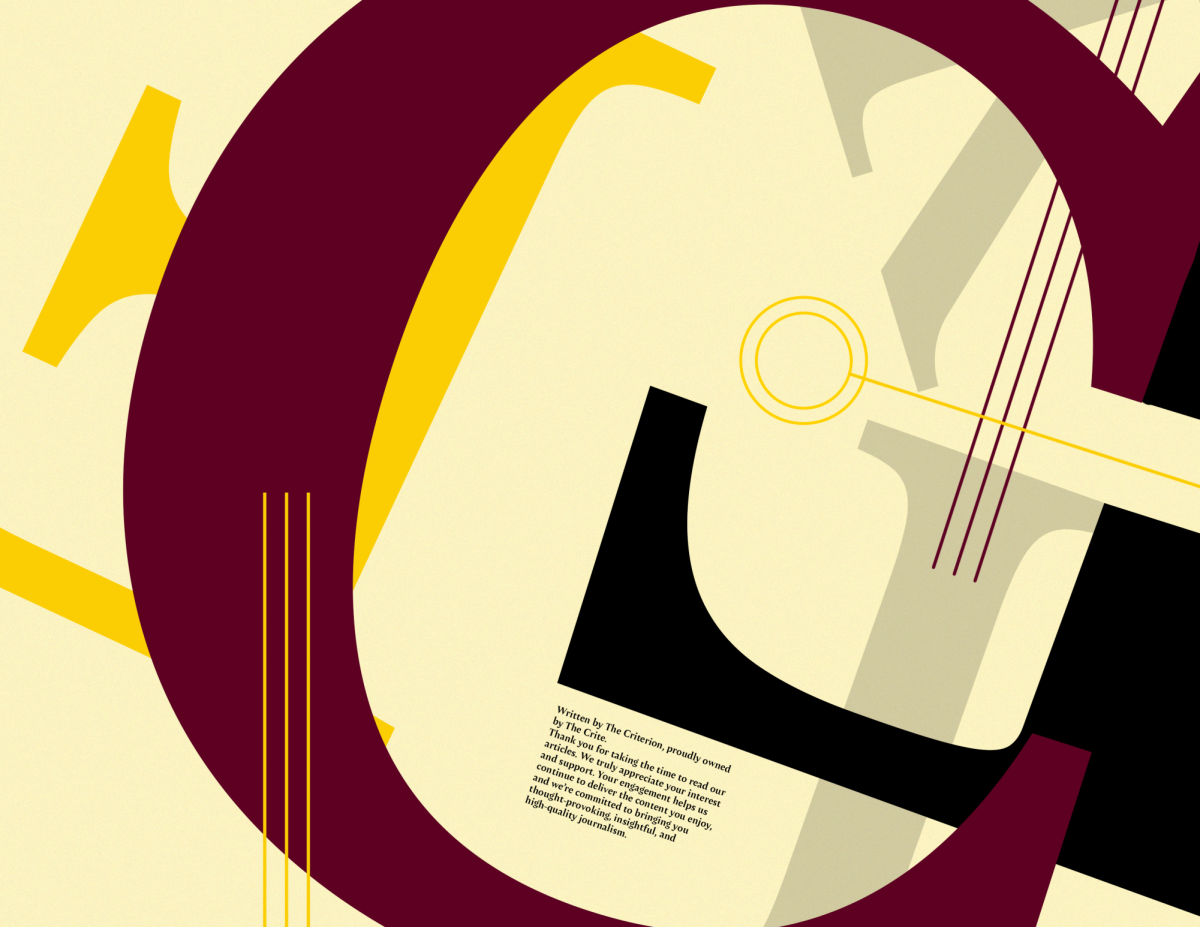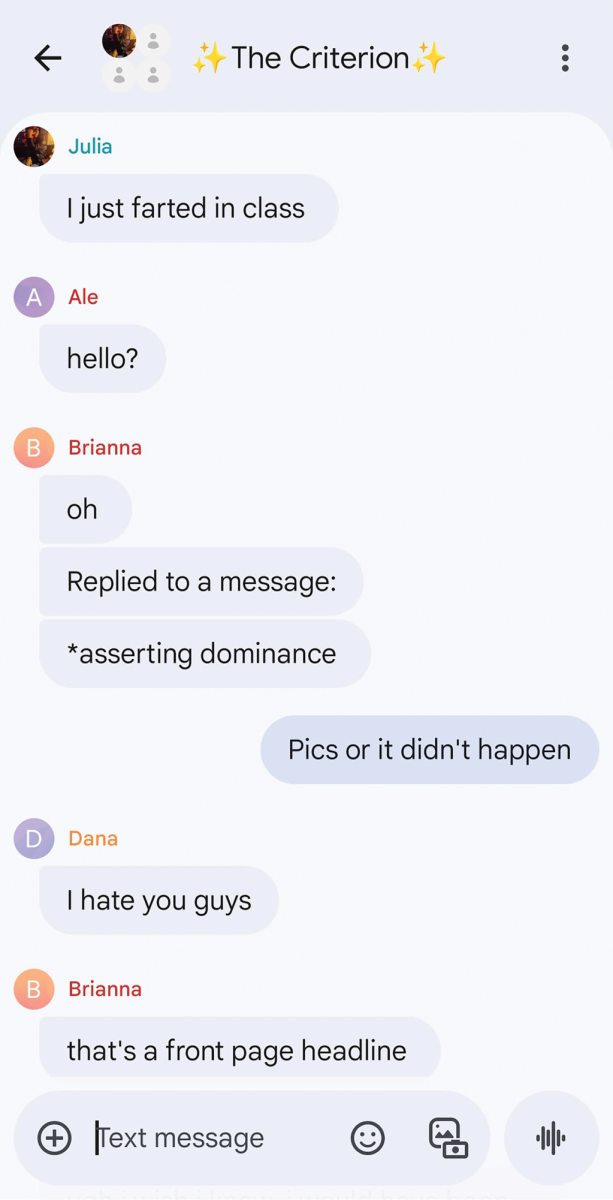In writing a book review, my first step is always to look at my list of recently read books and evaluate which ones I can recommend most vehemently.
This time around, I was debating between a small handful of them that I believed deserved to be read by others.
The novella “Prayer for the Crown Shy” by Becky Chambers, Rex Ogle’s memoir-in-verse, “Abuela, Don’t Forget Me” and Ross Gay’s new collection of personal essays, “Inciting Joy” all stood out as excellent contenders.
However, as I sifted through my list of recently read books, I found myself itching to reread what I tentatively call my favorite: “The Smallest Lights in the Universe” by Sara Seager.
Dubbed “The Woman Who Might Find Us Another Earth” by the New York Times in 2016, Seager is one of the most prominent figures within the world of astrophysics–most specifically in the hunt for exoplanets (planets outside of our solar system).
Her memoir was primarily written as a tool for Seager to explore the loss of her husband and the process of navigating a career, raising children and maintaining a household in the face of extreme grief.
Her story begins early in her life, before her passions or love ever developed. She falls hopelessly in love with the stars at an early age and soon recognizes that these passions could develop into a lifelong journey of discovery.
After receiving her Ph.D. in astronomy from Harvard, Seager then became a professor at the Massachusetts Institute of Technology and one of our nation’s leading researchers in the hunt for exoplanets.
Through spearheading the observation of distant atmospheres using spectrographs, assisting in the development of countless projects such as NASA’s “Ultralight Starshade Structural Design” and her work on developing stable and low-cost space observatories have turned her into one of the world’s leading scientists that are searching our universe for life.
Her work also takes us through the trials and tribulations that women face within scientific communities and the ways in which she had to fight to secure her position as a leader in the search for life-sustaining exoplanets.
While the book leans heavily into her work in astrophysics and how she came to be one of the most respected women in space exploration, the heart of the memoir lies in her grief and how she maneuvers it.
The memoir uses her scientific discoveries as metaphors for what is going on in her personal life as she maneuvers through the loss of her husband.
Taking us from the moment they meet until the moment he passes, Seager shows us what it means to love someone who is dying. And, after he’s gone, she joins a local group of widowed mothers. She learns that even through immense grief, there is a life after loss.
Seager unravels the implications of losing a person who you love, and she shows that through the relationships we make–whether that be our family, our peers or a group of local widowed mothers–we can learn to maneuver through and work toward coping with one of life’s greatest challenges.









